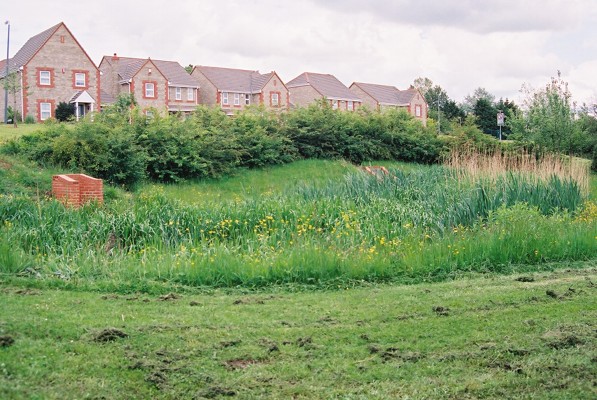- Delivering SuDS
- Using SuDS
- Background
- SuDS principles
- Benefits of SuDS
- Benefits of SuDS
- Why developers should choose SuDS
- Flood risk management
- Water quality management
- Biodiversity & ecology
- Amenity
- Air quality
- Building temperature
- Carbon reduction and sequestration
- Crime
- Economic growth
- Enabling development
- Flexible infrastructure/climate change adaptation
- Education
- Groundwater recharge
- Health and well being
- Pumping wastewater
- Rainwater harvesting
- Recreation
- Tourism
- Traffic calming
- Treating wastewater
- SuDS components
- SuDS components overview
- Source control
- Swales & conveyance channels
- Filtration
- Infiltration
- Retention & detention
- Wetlands
- Inlets, outlets and control structures
- SuDS performance & monitoring
- Delivery
- The costs & benefits of SuDS
- Adoption & maintenance of SuDS
- Legislation & regulation
- Design guidance
- Retrofitting SuDS
- Drainage exceedance
Component: Wetlands
Description
Wetlands provide both stormwater attenuation and treatment. They comprise shallow ponds and marshy areas, covered almost entirely in aquatic vegetation. Wetlands detain flows for an extended period to allow sediments to settle, and to remove contaminates by facilitating adhesion to vegetation and aerobic decomposition. They also provide significant ecological benefits.
Advantages and disadvantages
|
Advantages |
Disadvantages |
|
|
Where component can be used
Residential: Yes
Commercial/industrial: Yes
High density: Unlikely
Retrofit: Unlikely
Contaminated sites: Yes (with liner)
Sites above vulnerable groundwater: Yes (with liner)
Performance
Peak flow reduction: Good
Volume reduction: Poor
Water quality treatment: Good
Amenity potential: Good
Ecology potential: Good
Maintenance
-
Litter/trash/debris removal
-
Inlet/outlet cleaning
-
Vegetation management to retain high vegetation coverage, possibly requiring specialist equipment
-
Sediment monitoring and removal when required.
Read more on:




